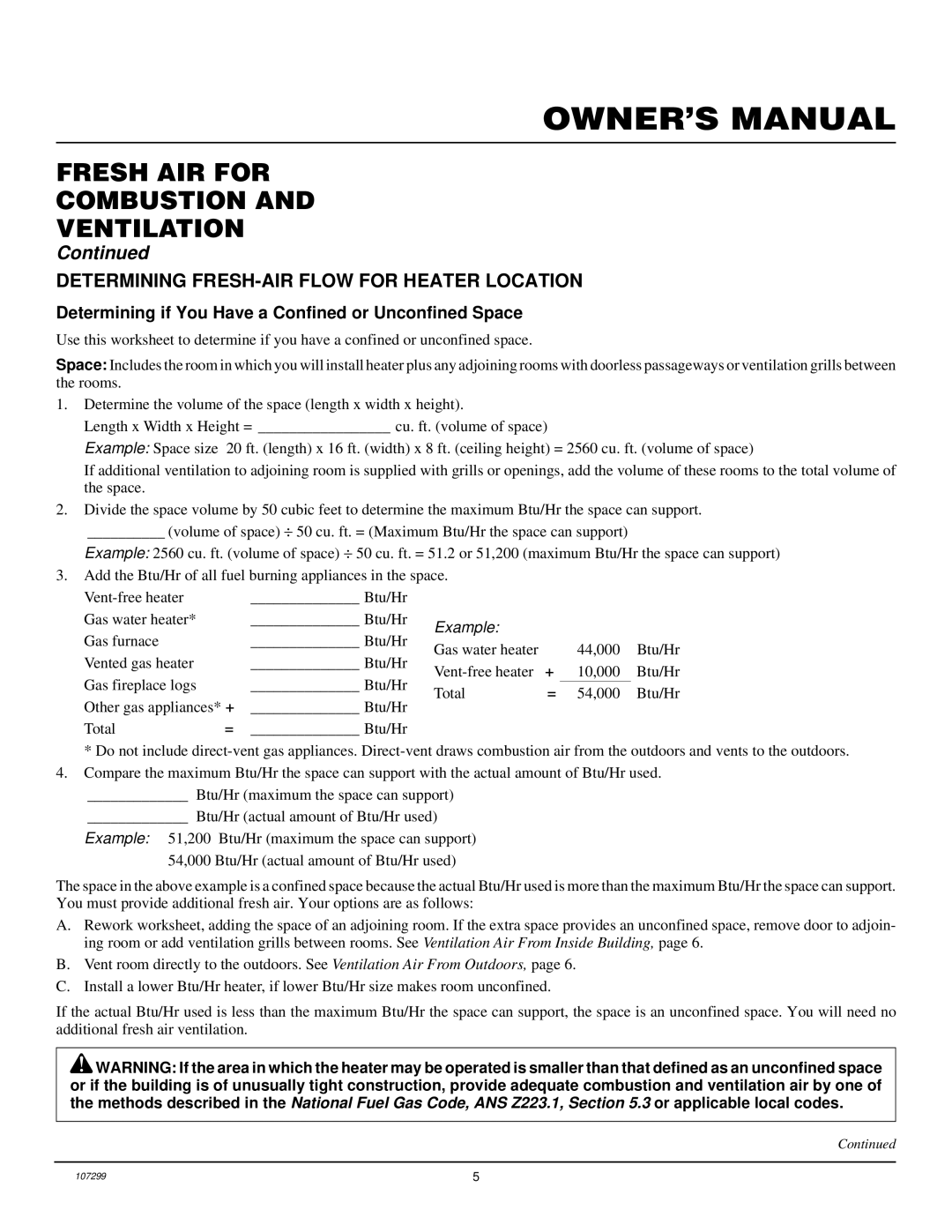FBS-10BB, FB-60BA specifications
The Desa FB-60BA and FBS-10BB are advanced innovations in the field of heating solutions, specifically designed to cater to a variety of residential and commercial heating needs. Both models exemplify efficiency and reliability while incorporating modern technologies to enhance user experience.The FB-60BA is a powerful and versatile heater that ensures optimal warmth during the cold months. With a sleek design, this model seamlessly fits into any environment, providing not only functionality but also aesthetic appeal. It features an adjustable thermostat that allows users to maintain their desired temperature effortlessly. The FB-60BA also includes safety features such as an automatic shut-off mechanism in case of overheating, providing peace of mind to users.
On the other hand, the FBS-10BB is designed for portability and convenience. This compact heater is lightweight yet powerful, making it easy to move from room to room. Its fan-forced heat distribution system ensures that warmth reaches every corner of the space, making it ideal for quick heating in smaller areas. The FBS-10BB also boasts a quiet operation, allowing users to enjoy consistent heating without disruptive noise.
Both models utilize advanced heating technologies that optimize energy efficiency. They are designed to consume less energy while providing maximum heating output, which is a significant advantage for environmentally conscious consumers. This efficiency is achieved through the use of high-quality heating elements and innovative engineering that minimizes energy loss.
In terms of characteristics, the FB-60BA offers a range of wattage options, allowing users to select the level of heat that best suits their needs. Its durable construction ensures longevity, even under frequent use. The FBS-10BB, on the other hand, offers quick heat-up times, ensuring that users feel the benefits of the heater in a matter of moments.
Both models come with user-friendly controls, making them accessible to everyone, with straightforward settings for temperature adjustments and power levels. The aesthetics of these heaters, combined with their robust performance and technological advancements, make them standout choices for any heating requirement.
In conclusion, the Desa FB-60BA and FBS-10BB represent the fusion of style, safety, and energy efficiency in heating solutions. Their unique features and cutting-edge technologies cater to a wide range of consumer needs, ensuring comfort and satisfaction during cold weather conditions.

